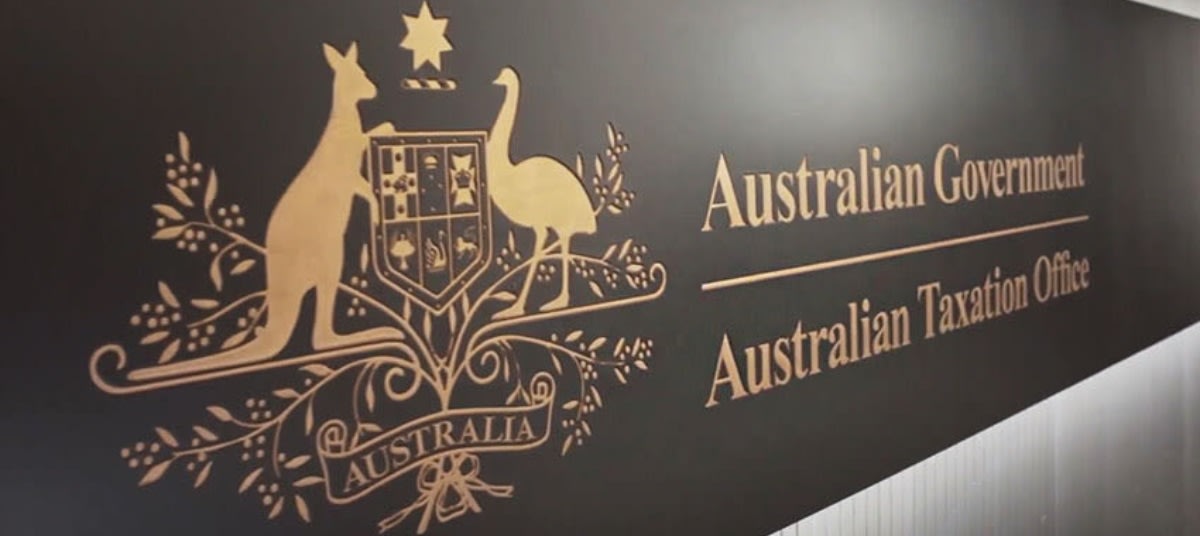
The tax office will collect residential investment property loan data, as part of a regular review.
As part of a regular review of returns related to rental property landlords, the ATO will collect residential investment property loan data (RIPL) on 1.7 million individuals.
The data matching program, which sees the ATO able to obtain data from 17 banks, including ANZ, St George, NAB, and Westpac, as well as their subsidiaries as part of their data collection, reportedly covers the majority of the rental property market.
According to the ATO’s website, estimates from the 2019–2020 financial year postulated a net tax gap of $9 billion for individuals not in business, with rental property risks accounting for 14 per cent of this gap.
Information provided to our sister brand SPI by the ATO showed the agency “has embarked on a process to collect data that can be used to help individual taxpayers get their tax return right in the first place, as well as better target those individuals who may be under-reporting their income or overclaiming deductions.”
With the rental component of the individuals tax gap believed to be approximately $1.3 billion, the ATO noted the most common reasons for adjustments to rental items on a tax return include:
- No or incorrect apportionment of the loan interest costs where the loan was refinanced for private purposes
- Claiming costs as repair rather than a capital works deduction
- Not apportioning expenses for private use of the property
Collecting RIPL data allows the ATO to gain insights that would assist the development and implementation of voluntary compliance improving strategies, including updating guidance products or other educational engagement, undertake compliance activities against taxpayers incorrectly claiming a deduction for interest on loans or borrowing expenses, and strengthening community confidence by helping ensure taxpayers are meeting their tax obligations.
According to the ATO’s website, “failure to address non-compliant behaviour has the potential to undermine community confidence in the integrity of the tax and superannuation systems and our capability to administer those systems.”
Following collection, the RIPL data will be matched against ATO records, including rental schedules and income tax return labels, to identify and address a number of taxation risks such as income tax – revolving around the correct reporting of rental income, expenses and associated costs – capital gains tax (CGT) to confirm investors are meeting their CGT obligations when selling properties used to generate income, and lodgement – verifying owners of rental properties are lodging income tax returns.
The ATO explained the “RIPL program is part of a broader suite of data-matching programs that includes property management and will soon include landlords’ insurance, allowing us to address several taxation risks in the investment property market.”
According to reports, 2.4 million individuals claimed $51.3 billion in rental deductions in the 2019–2020 financial year, providing an approximate $18.6 billion tax bill reduction.
 Login
Login










JOIN THE DISCUSSION